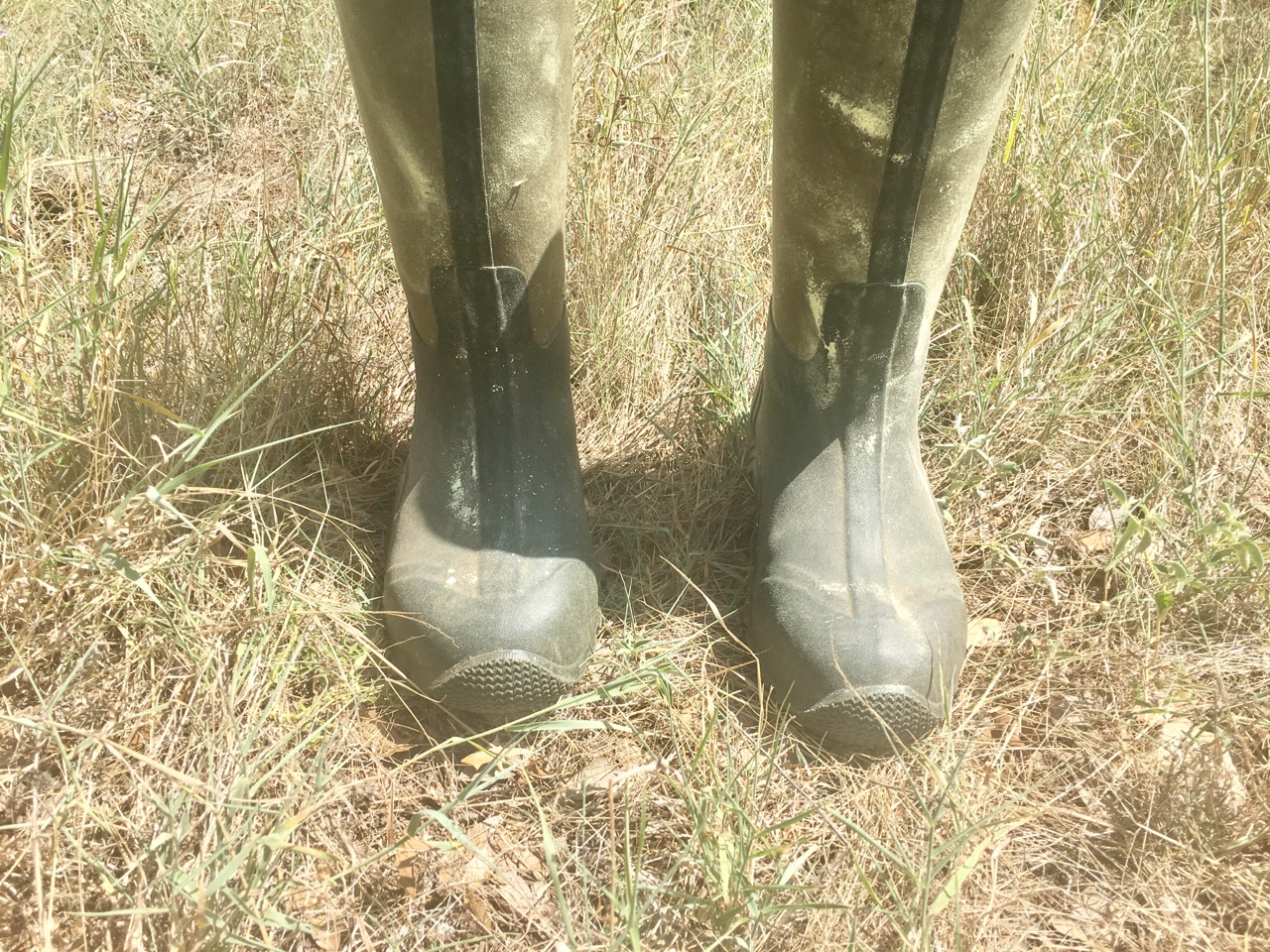Summer in Texas means hot sun, iced tea, praying for rain, and chiggers. This year, it seems we’ve heard more people remarking on how bad the chiggers are. But we also have a vague recollection of hearing the same thing last year. And the year before that. Once summer ends – and, with it, chigger season – maybe self-preservation simply makes us forget the chigger horror we just survived. Then, when the next summer comes around, we just can’t believe the chiggers were this bad last year.
Why are chiggers?
Before we tackle the what of chiggers, we contemplate the why. Ask virtually any wildlife biologist the why of just about anything from snakes to scorpions and you’ll most likely get a well-reasoned answer, typically involving the term “ecosystem”. And, the more unlikable the subject, the more likely a bonus factoid will be thrown in for good measure such as, “scorpion venom has properties that can treat diseases and even some types of cancer.”
But chiggers? Seriously?
Yes, the ecosystem argument can even be made for chiggers. But, if you’re covered in itchy red welts reading this, we won’t irritate you further with a tedious explanation. Just know that, importantly, chiggers eat things and other things eat chiggers. We will, however, leave you with this why we found in an online forum from 17 years ago on a topic that started as this: “Chiggers,,,,what R They Good For????. As the forum replies meandered into how to survive the itching and the ecosystem argument reared its head, ultimately, it was Becky from Eureka Springs who may have had the very best why for chiggers:
“They are a reminder of the giant being staggered by a slingshot. The bigger we are the harder we fall.”
What are chiggers?
“Chiggers are the immature stage of certain mites belonging to the family Trombiculidae. More closely related to spiders than to insects, chiggers belong to the class Arachinida, along with scorpions and ticks. In Texas, the term ‘chigger’ commonly is used to describe the parasitic larval stage of mites in the genus Eutrombicula. These common mites cause most of the itchy, summertime bites that occur after walking outdoors through grassy or brushy areas.” – Texas A&M AgriLife Extension
The name chigger most likely derived from chigoe, the name for a parasitic flea found in tropical America and Africa. As chiggers pass through four life stages from egg to larva to nymph to adult, they become a bright red, about 1/32 inch long, which is why many of us also know these little devils as “red bugs”. The nymphs and adults have eight legs and feed on small insects and insect eggs found in the soil. See ecosystem, above. It is during the warm days of spring that the females lay their eggs which hatch into the tiny (1/100 inch) chigger larva that bring us here today. It is only the larva that is parasitic and waiting to hitch an itchy ride on an animal or you. Once a larva finds a host, if successful, it typically feeds for 3 days before dropping off to digest its meal and molt into its next life stage.
Contrary to popular belief, chiggers do not suck blood or burrow into your skin or lay eggs in you. Rather, chiggers pierce your skin with their sharp mouthparts and inject a digestive enzyme that breaks down skin cells and also causes the surrounding tissue to harden, creating a strawlike tube called a stylostome. The itching and rise of the red welts, which usually don’t kick in until 3 to 6 hours after you’ve been bitten, are caused by a reaction to the digestive enzyme and the stylostome. By the time you notice the bite the chigger may be long gone, having been brushed, washed, or scratched away.
How to survive chiggers?
Chiggers like thin skin (like around your ankles and behind your knees) and tight-fighting clothing (like under your socks). The best defense against chigger bites other than staying inside and watching television on the couch, is to make sure you’re well-covered. Long sleeved shirts (button those cuffs and collars) and long pants tucked into your boots. The ideal fabric is loose with a tight weave. Many chigger warriors swear by applying sulfur powder to clothing for added protection. Pro tip: Pour some food grade sulfur powder into an old sock and tie the sock off at the top. Knock the sock around your boots and pants and wherever you can to shake out and distribute the sulfur.
If you can, take a warm, soapy shower as soon as possible after you’ve possibly been exposed, ideally within a few hours, and be sure to wash your clothes. Texas AgriLife also recommends that you “scrub your skin vigorously with washcloth to dislodge any mites that may have settled there recently.”
If you’ve been applying fingernail polish to your chigger bites, please know you can stop that now. As Wizzie Brown, a program specialist with the Texas A&M Agrilife Extension Office, told the Texas Standard: “Putting nail polish on your chigger bites is going to do absolutely nothing.” As we now know, chiggers don’t burrow into your skin so the theory of suffocating the chiggers with nail polish is officially debunked. Your great aunt may never let go of the fingernail polish theory, but you should.
To help with the itching, make sure you’ve washed the area well and applying anti-itch creams and calamine lotion can help. For more home remedies, check out Wellness Mama’s 9 Effective Remedies for Chigger Bites (You Have At Home).
Chigger season will be over before we know it, just a distant itch of a memory, until next summer when we will all proclaim it to be the worst summer for chiggers that we can remember.
Photo at top, sulfur-dusted boots ready for chiggers.










